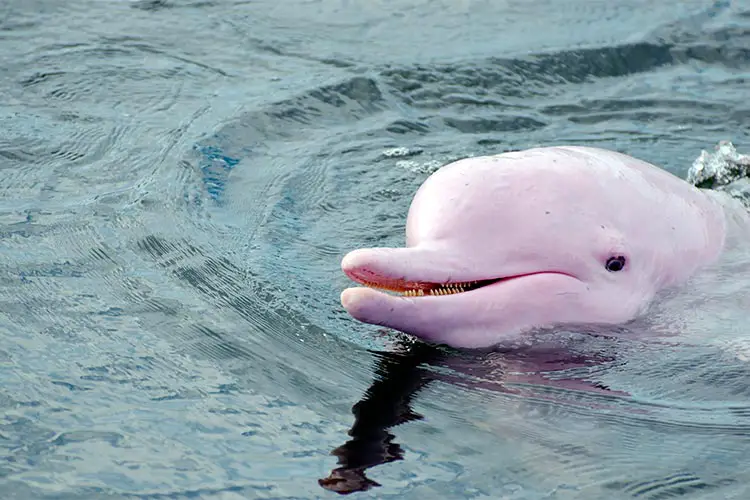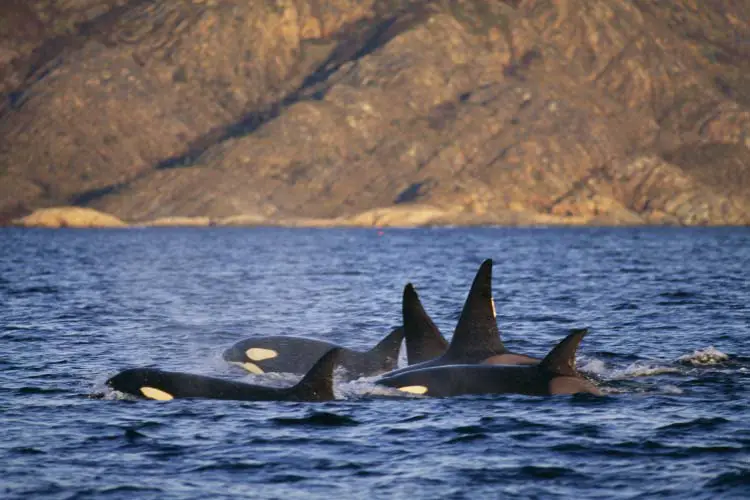Aquatic Eco Systems – Diving & Cruises
It’s been said before, but it’s worth repeating: our planet is a wet planet. Considering that more than two-thirds of the planet is submerged, it’s pretty easy to see how strong this claim really is. Not surprisingly, there’s an enormous niche in the tourism industry dedicated to activities surrounding aquatic ecosystems, which includes popular activities like riding a cruise ship or going swimming at the beach.
Ecotourists can also find lots of water-related activities to keep themselves busy out on the water. This article highlights some of the most exciting and ecologically sound activities a conservation-minded person can engage in within the aquatic tourism niche.
Snorkeling and Scuba Diving
Perhaps the most impressive way to acquaint yourself with aquatic eco systems is simply to dive in and see it yourself. The easiest way to do this is through snorkeling, which is a cheap activity that is available almost anywhere you can swim. Snorkeling is a safe and straightforward way to see colorful fish, intricate coral gardens, and a variety of other unique forms of underwater life.
During my trip through Southeast Asia, I’ve been fortunate enough to have the opportunity to snorkel in a number of gorgeous locations. Being the tropics, Southeast Asia is famous for its vast variety of colorful fish, which congregate in enormous numbers around the coral reefs. Probably one of the best experiences I’ve had with snorkeling was in Thailand. Just a short swim of the beach is a large bed of sea anemones, which acted as a home for several dozen shy clownfish. It looked like something out of a nature documentary.

The one downside to snorkeling is that you have to stay near the surface. This limitation is nonexistent with snorkeling’s more intense cousin, scuba diving. These days, mostly everyone knows the idea behind scuba diving. You strap on an air tank, and get to spend an hour or so underwater, getting an up close and personal experience with the underwater world. This, of course, has enormous implications for ecotourists. For example, my personal experiences with scuba has allowed me to cultivate a knowledge of unique animals like nudibranchs and trumpetfish. This species, while fascinating, are simply not something a person who spends most of their time on land thinks of very much. Because scuba diving opened a new ecosystem to me, it piqued an interest in a side of the earth’s ecosystem that I’d never considered before, despite being just as important a target of conservation as other ecosystems.

River Cruises
There are many types of river cruises, not all of which necessarily fall under the umbrella of ecotourism. For example, most major cities on rivers offer dinner cruises, which may be quite lovely, but do little to foster a conservative mindset. Other river cruises, however, are specifically organized with the intention of bringing visitors to unique and lovely ecosystems. One particular river cruise which comes to mind is that through the mangrove forest of the island of Langkawi, Malaysia. This cruise was very informative and gave us a chance to see some spectacular natural sights, such as eagles diving for fish or small colonies of monkeys playing on the shore.

This river cruise, along with most other ecologically oriented cruises, are a great way to experience nature. They take you deep into the forest, typically to areas that cannot be accessed by foot or by road. This serves a similar function as scuba diving, in that it exposes you to a new portion of the ecosystem that you wouldn’t otherwise have access to. One of the best river cruises I’ve ever taken did just this. We took a boat down the Amazon River for nearly a week to reach an extremely remote part of the Amazon rainforest. Few humans had ever been this deep in the jungle, which gave us the unique opportunity to observe snakes, birds, sloths, piranhas, and tons of other species in their natural habitats. Without a doubt, however, the most fascinating of the animals we saw were pink dolphins. These are a rare species of dolphin that are coloured pink due to their diet, much like flamingos.

Spotting Cruises
Spotting cruises are similar to river cruises, but typically take place on an ocean or a lake. These cruises often seek out a specific aquatic animals, such as dolphins or whales. These cruises are a great way to see a specific animal that would be difficult to otherwise spot in the wild.

These types of cruises are quite prominent in Southeast Asia. For example, a number of cruises from Lovina, Indonesia on the island of Bali set out with the specific intention of seeing dolphins. Besides the chance to see these playful creatures, these cruises are also a good chance to meet with expert biologists who are employed to help track and identify the animals. Talking with such people one on one is a great way to plug yourself into the conversation community and to learn a good deal about their specific interests within the field of biology.
Obviously, there are a number of other ways one can practice ecotourism around aquatic eco systems. The important point is to remember that there’s a huge, wonderful world under the water out there, with just as many opportunities for ecotourism and conservation as there are on land.

